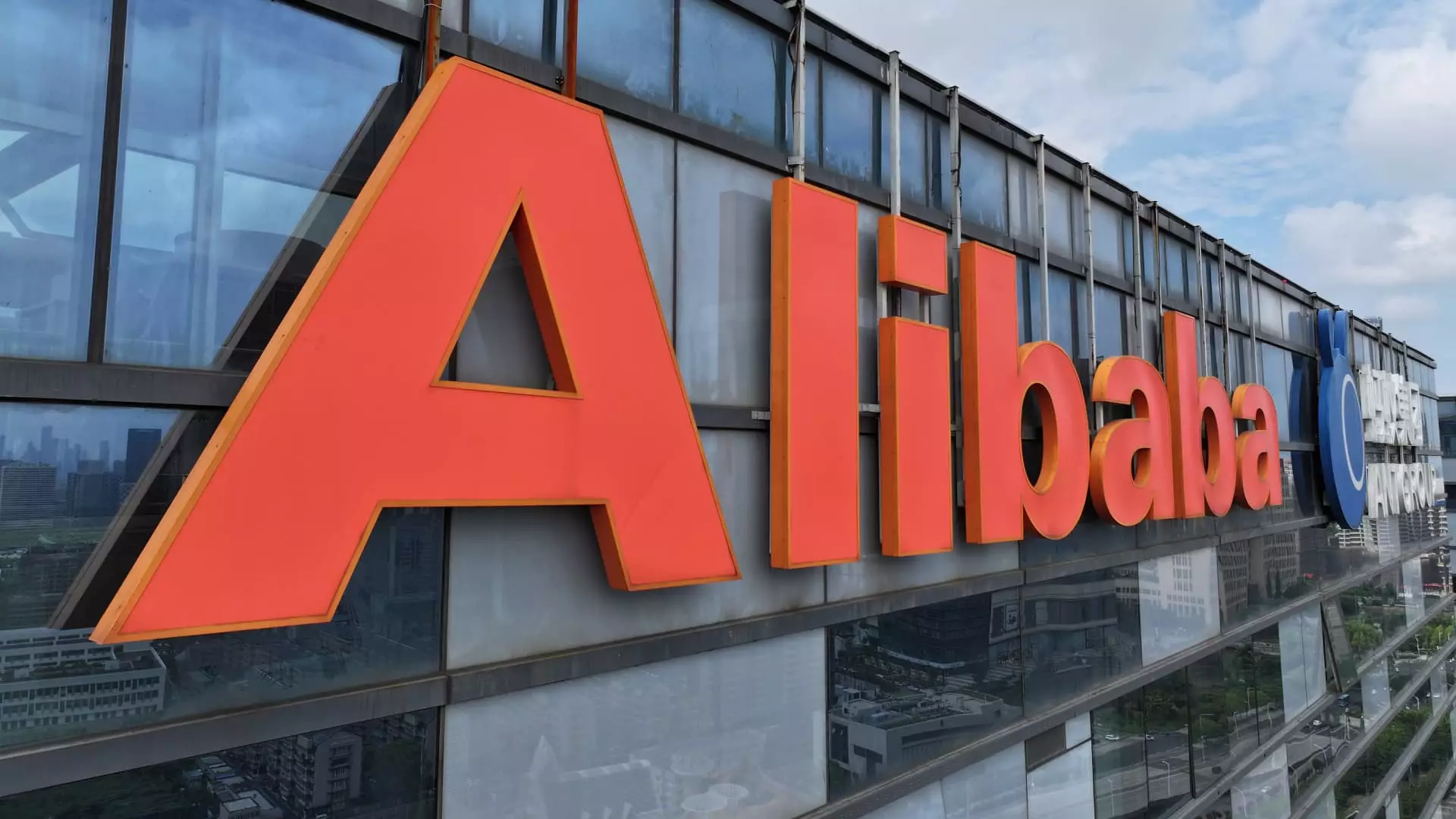Recently, Alibaba has successfully completed a three-year regulatory “rectification” process after facing an antitrust fine in 2021 for monopolistic practices. The State Administration for Market Regulation (SAMR) in China has been supervising Alibaba’s compliance with antitrust regulations during this period. As a result, Alibaba has made significant progress in aligning with regulatory requirements and has ceased its “‘choose one of two’ monopoly behavior.”
Following the news of Alibaba’s regulatory compliance, its shares rose by 4.37% in premarket trading in the U.S. This positive response from the market indicates that investors see the conclusion of the regulatory process as a favorable development for the company. Analysts at Jefferies have also expressed optimism, noting that this marks a new beginning for Alibaba and emphasizes the importance of maintaining operational compliance.
The conclusion of Alibaba’s regulatory overhaul may also reflect a changing stance from Chinese regulators towards private technology firms. After a period of intense crackdowns and regulatory actions against tech giants, including Alibaba, there seems to be a shift towards a more lenient approach. This shift could signify a more collaborative and supportive regulatory environment for tech companies operating in China.
Despite resolving its regulatory issues, Alibaba continues to face challenges in the form of slow growth and increasing competition in the Chinese e-commerce market. The company’s stock has plummeted by over 70% since its peak in 2020, largely due to regulatory concerns and market dynamics. Additionally, the cautious behavior of Chinese consumers has added to Alibaba’s struggles in maintaining growth and market share.
Looking ahead, Alibaba is expected to focus on enhancing compliance, efficiency, and innovation under the guidance of the SAMR. The company’s recent indicators of recovery, such as reaccelerated cloud computing revenue and healthy e-commerce transactions, provide some optimism for its future prospects. By addressing regulatory issues, improving operational performance, and capitalizing on market opportunities, Alibaba aims to regain investor confidence and secure its position in the competitive Chinese tech landscape.
Alibaba’s completion of the regulatory “rectification” process signifies a positive milestone for the company, marking a new chapter in its relationship with Chinese regulators. Despite challenges and uncertainties, Alibaba appears to be on a path towards recovery and growth, driven by regulatory compliance, operational improvements, and market resilience. As the company continues to navigate the evolving regulatory environment and competitive landscape, its ability to adapt, innovate, and deliver value to stakeholders will determine its long-term success in the dynamic Chinese tech sector.


Leave a Reply